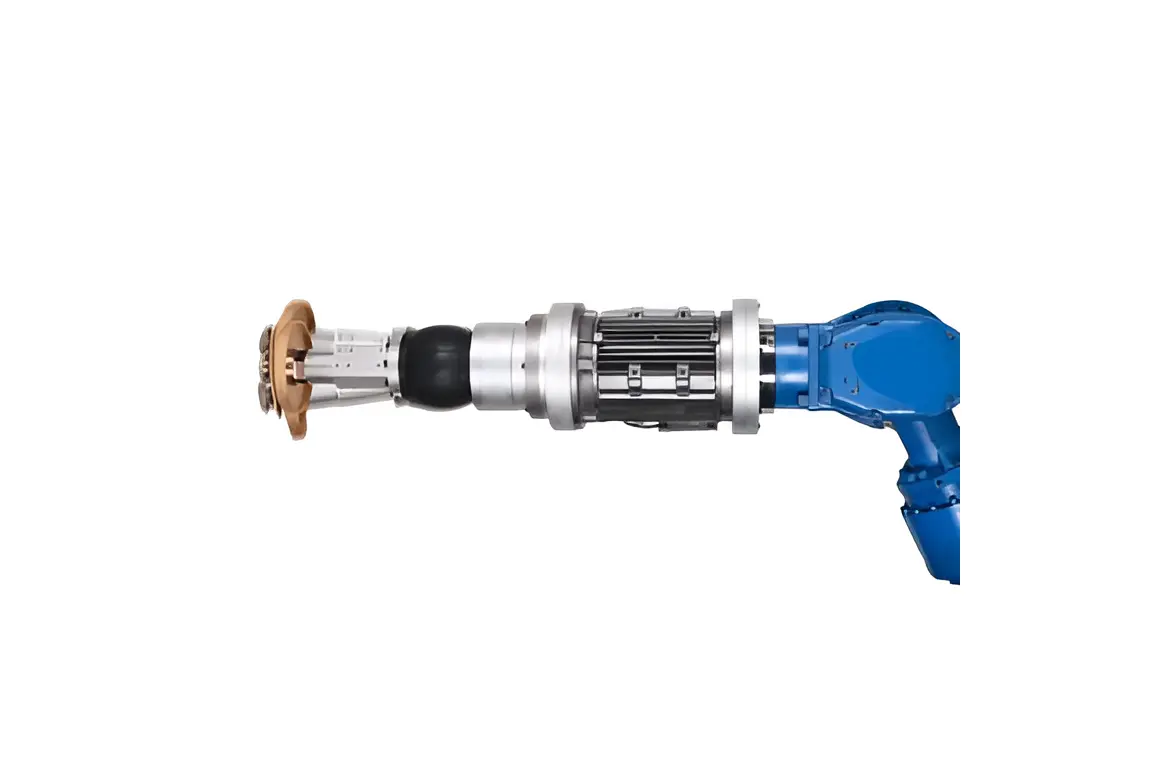Advantages of Force Control Grinding System Automation
Advantages of Force Control Grinding System Automation
With the advancement of lean manufacturing, environmental protection policy requirements, and the needs of the factory’s own development, both manual operation and robots have shown certain limitations and cannot meet the growing demand.
Advantages of Force Control Grinding System Automation
First of all, the method based on manual operation mainly depends on the experience of the workers. People have vision, touch, their own thinking and judgment, and can flexibly handle workpieces of any shape and size difference, which is the great advantage of manual grinding. The more experienced technical workers there are, the higher the efficiency and the better the treatment effect.
However, its disadvantages are also obvious. Manual grinding can only rely on feeling and experience. It is impossible to know how much force you have used, nor can it guarantee the stable output of force, the uniformity of the workpiece surface and the consistency of the effect between workpieces; uncertain labor leads to fluctuations in productivity and output.
From a health perspective, the large amount of diffuse dust, noisy noise and high-frequency vibration of the grinder generated during the grinding process pose a great threat to the health of operators, resulting in a sharp reduction in the number of employees. Compared with manual grinding, the use of can achieve efficient and stable continuous operation according to the edited path, helping enterprises to effectively improve production efficiency, product yield and reduce production costs. In the case of complex and diverse workpiece materials, there are many processes involved in workpiece forming, including sheet metal, stamping, casting, injection molding, CNC, etc. Due to differences in material properties and forming methods, the workpiece will have dimensional tolerances, and there will only be differences in data size.
Since force-controlled grinding usually runs precisely according to a debugged path, the running path is fixed and the error is extremely small, when the surface size of the workpiece is slightly larger or the positioning position is slightly deviated, the grinding effect will fluctuate greatly, or even grinding may not be performed. Or due to excessive pressure and excessive grinding, the yield is low and mass production cannot be achieved.
As an independent control execution system, force control grinding is specially developed for polishing and grinding applications. It has more advantages in helping customers overcome the difficulties of automation upgrades, and helps customers reduce costs and improve efficiency in terms of personnel, equipment and processes:
Through flexible force control, the grinding automation of enterprises can be realized;
Make the surface effect of batch-produced workpieces more uniform and consistent; increase production and reduce subsequent grinding costs;
The programming and teaching of robots become very simple, which can greatly improve the debugging efficiency and reduce the requirements for operators;
Data can be stored and retrieved, so grinding and polishing can also be included in the digital production line system;
Reduce the load requirements of the robot for grinding and polishing, extend the life of the robot and grinder, and reduce equipment costs;
In order to make it easier and more cost-effective for customers to apply automated polishing and finishing solutions, the force-controlled grinding system is also being further developed.

